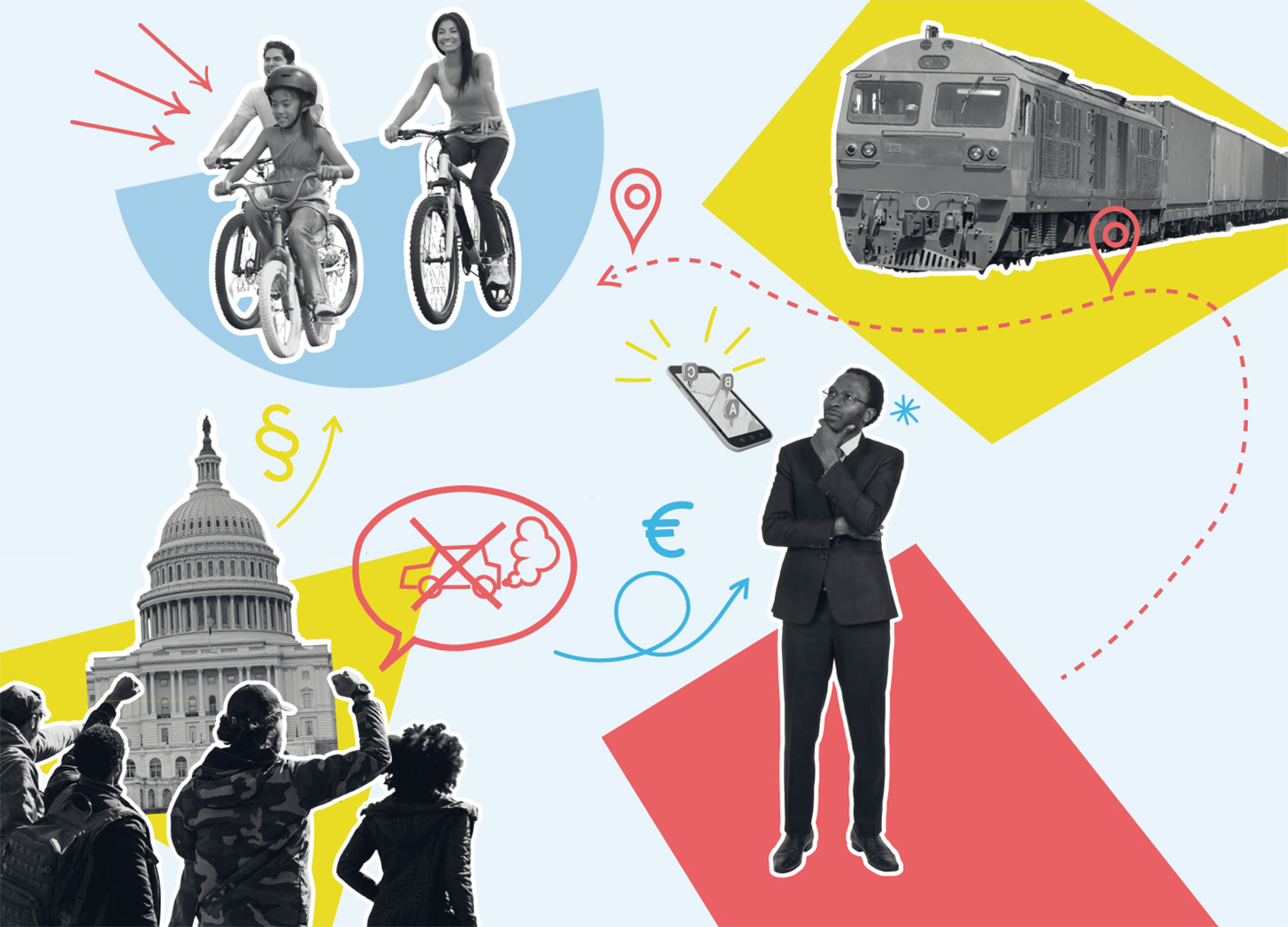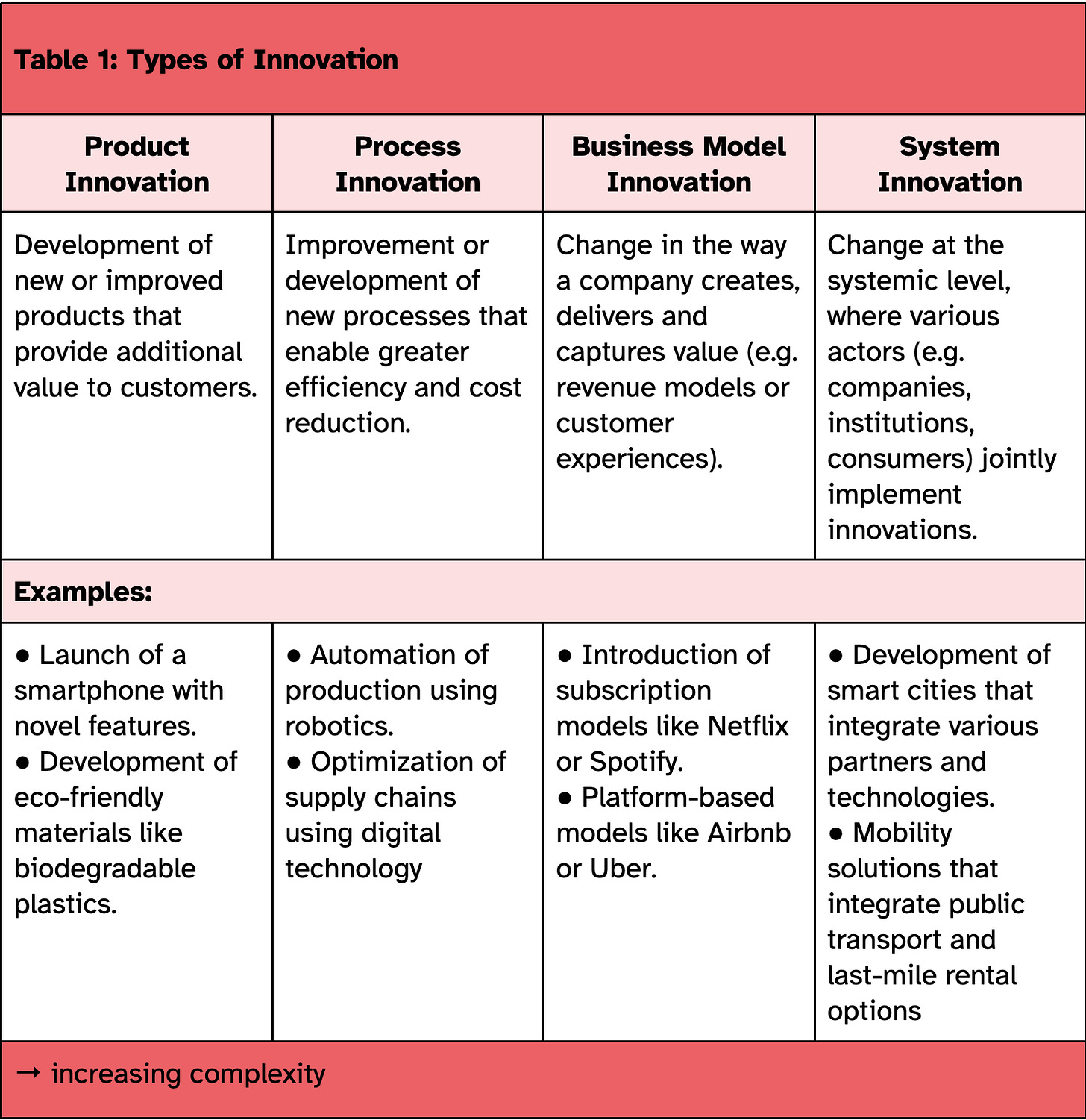Where is utopia? System innovation defined
I often ask myself: why don’t we just do it? We know that everything it takes to build a more just and regenerative society is already available. We could have all the decentralized, renewable energy, organic food from healthy landscapes and inspiring education we could want. Why are we stuck?
The reason utopia remains out of reach is clear: the complexity of our social systems. A multitude of actors are connected through countless interactions and interdependencies. It is not simply up to the individual to decide what kind of world they want to live in. Rather, the world around us - our context - shapes or suggests certain behaviors, decisions and ideas of what is desirable. Our environment, including aspects such as rules, people and infrastructure, makes some behaviors more attractive than others to different actors, and this influences individuals’ decisions: Do we switch to an electric car or not? Do we take the train or fly? How much time do we make for our children?
In theory, we can always choose, as individuals, to act on our values and priorities. In practice, we are embedded in a social fabric that determines the (financial, social and emotional) costs and benefits of our actions.
System change is about shifting the behavior of many by influencing the social context to encourage it. If the train arrives on time, offers flawless Wi-Fi and great coffee; if the rail card is a status symbol and people take pride in their rail miles; if children are excited for the next train ride and the app seamlessly connects to the bus; then train travel might become the most attractive option. Achieving such a system shift requires more than just the train operator; it needs governments and their transport policies, other public transport providers, and passengers. In short, it takes a new configuration among a wide range of actors.
Orchestrating this new configuration is the goal of system innovation. Existing constellations of actors are reconfigured, and the connections and interactions among system elements are rearranged. This process can happen through:
A shared intention (e.g. several actors agree to pursue more train travel)
New processes and coordinated workflows (e.g. orchestrating better train connections)
New technologies that enable or simplify those workflows and provide necessary information (e.g. creating a mobility app or CO₂ tracker)
New structures, such as infrastructure (e.g. implementing reliable Wi-Fi or well-functioning switches)
New formal and informal rules (e.g. encouraging children to question modes of travel)
New incentives, for example financial or social rewards (e.g. including a rail pass as a benefit in employment contracts)
System innovation is a framework to develop and test new ways of organizing a social system purposefully and in collaboration with all necessary actors. As is the case for innovation in products or business models, structured processes help bring something new into the world (see Table 1 below). We draw on many approaches and insights from innovation, including ideation and testing, user focus and learning. The key difference in the case of system innovation is that here, the innovation happens at the system level. This means that the process always involves multiple players.
In system innovation, we co-create a new interplay together with the relevant actors, leading us more effectively toward the desired outcome. It begins with a shared intention while fully recognizing that each actor has different and sometimes conflicting goals.
The question then becomes: How can we do things differently to achieve our goal more effectively in a way that creates value for each actor?
To do this, we redraw the connections between players: “reconnecting the dots.”





